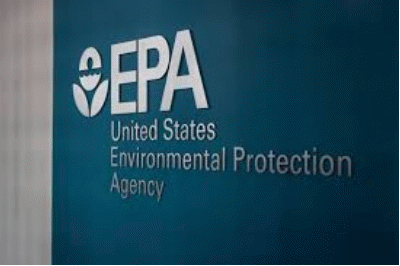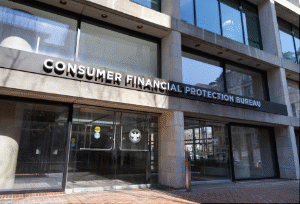
By: Cliff Williams
On Monday, July 21, 2025, President Donald Trump issued another uninformed statement on social media.
***
“Crime in American Cities started to significantly rise when they went to CASHLESS BAIL. The WORST criminals are flooding our streets and endangering even our great law enforcement officers.”
***
He concluded by demanding an “immediate” end to such policies. However, a review of data and expert analyses suggests the President’s claims are unsupported by evidence,(as most of his rants on social media are). His administration has simultaneously enacted significant cuts to law enforcement and crime prevention funding that experts warn will have a far more tangible and detrimental effect on public safety than cashless bail ever could.
A fundamental misunderstanding appears to underpin the President’s assertion. The policies do not apply cashless bail to individuals charged with violent felonies. Cashless bail, or release on personal recognizance, aims to ensure that individuals accused of low-level, non-violent offenses are not kept in jail just because they lack the funds for monetary bail. This aims to address the inherent inequity of a system where a person’s freedom before trial is determined by their wealth, not their risk to the community or flight risk. Many jurisdictions with cashless bail explicitly exclude serious violent crimes, such as murder, rape, or aggravated assault, from such provisions, ensuring that judges keep the discretion to detain or set high bail for defendants accused of these offenses.
Studies by reputable organizations, including the Brennan Center for Justice, have found no statistically significant relationship between cashless bail reforms and overall crime rates, or violent crime specifically.
A study examined crime rates in 33 U.S. cities from 2015 to 2021, most of which had enacted some type of bail reform, and determined that there was “no definitive sign that bail reform affected crime rates, whether they increased or decreased.”
Furthermore, an examination of Illinois’ crime rates in the year following its cashless bail implementation in late 2023 showed no significant increases. In fact, some cities that have enacted bail reform, such as Chicago, have seen homicides drop by approximately 33% compared to the previous year, according to a public defender.
Critics of cashless bail often point to individuals committing new crimes while awaiting trial.
While such cases do occur, data indicates that the vast majority of additional charges attributed to released defendants under bail reform are non-violent in nature, accounting for a small fraction (0.4% to 3.2%) of all cases charged. The percentage of arrestees who are actually eligible for and take advantage of cashless bail varies by jurisdiction and the specific design of their reforms, but it is typically focused on misdemeanors and non-violent felonies. For example, in New York, a 2019 law largely eliminated cash bail for most misdemeanors and non-violent felonies, though judges can still set bail for violent felony charges and certain exceptions.
Compounding the administration’s tough-on-crime rhetoric are its own budget decisions. The Trump administration has overseen substantial cuts in federal funding for law enforcement and crime prevention programs, amounting to hundreds of millions of dollars.
The Department of Justice, for instance, has rescinded an estimated $500 million in grant funding, impacting over 370 awards. These deep cuts, rather than bail reform, are what many experts predict will have a more direct and negative impact on crime rates.
These cuts have hit a wide array of programs, including those dedicated to community violence intervention, victim services, juvenile justice, and mental health and substance abuse treatment.
For example, some community-based programs that rely on local leaders to de-escalate conflicts have seen their funding reduced by $169 million.
Studies have shown that these programs can lead to significant reductions in violence, with some reporting declines of up to 60% in specific areas. Policing and prosecution programs have also faced cuts, including $71.7 million from initiatives like Project Safe Neighborhoods, which brings together law enforcement to address violent crime. Victim service providers in historically underserved communities across several states have lost critical funding for basic needs like emergency housing and transportation.
While the President attributes rising crime to bail reform, experts and data suggest a more complex picture, with factors like the COVID-19 pandemic, economic instability (which his policies contribute to), and disruptions to social programs (which he is cutting almost across the board), playing significant roles in earlier crime trends.
The administration’s defunding of proven crime prevention initiatives, which actively reduce violence and support vulnerable communities, muddles its stated commitment to public safety and is widely expected by experts to exacerbate crime challenges far more than the targeted and limited scope of cashless bail policies.




